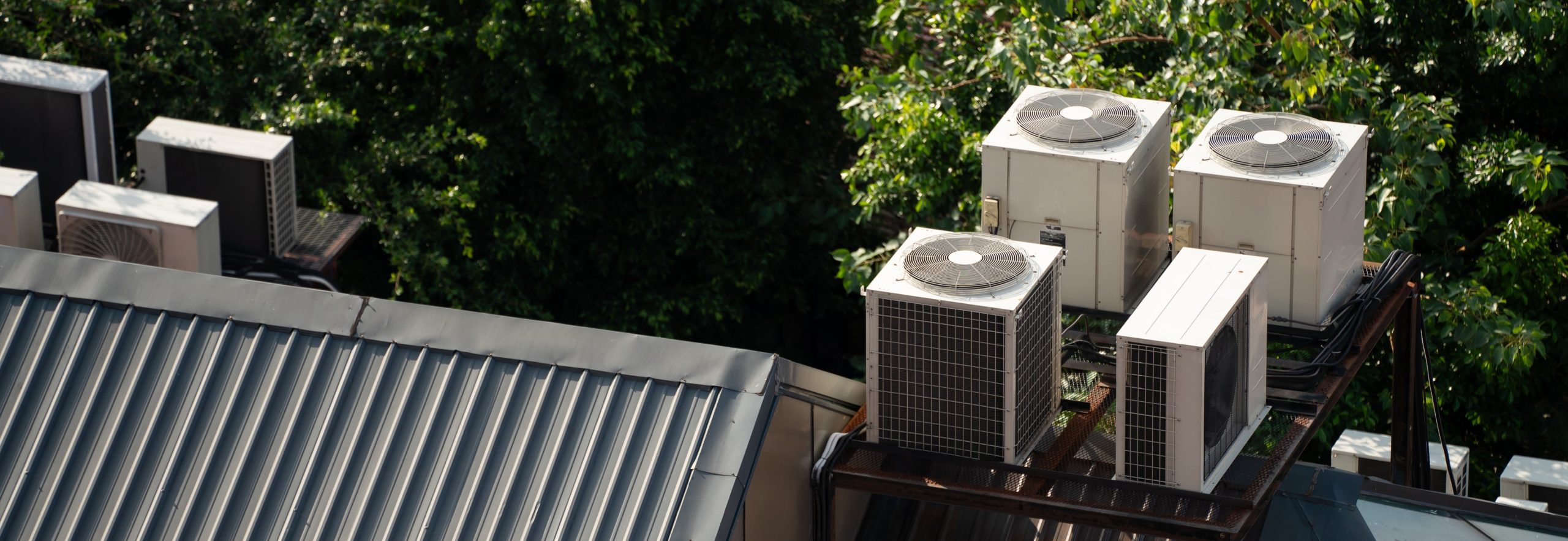The Latest Technological Advances in HVAC and Refrigeration
In the field of HVAC and refrigeration, technological breakthroughs are reshaping the industry, ushering in an era of unprecedented efficiency, sustainability, and comfort. From smart thermostats to advanced refrigerants, the latest innovations promise not only enhanced performance but also a more environmentally conscious future.
- Smart Thermostats: Utilizing artificial intelligence and machine learning, smart thermostats analyze occupancy patterns and environmental conditions, optimizing temperature settings for improved comfort and energy efficiency.
- Variable Refrigerant Flow (VRF) Systems: These systems employ advanced refrigeration technology, providing precise control over temperature and airflow in different zones. VRF systems enable simultaneous heating and cooling, maximizing energy efficiency in commercial and residential settings.
- Eco-Friendly Refrigerants: The industry is adopting environmentally friendly refrigerants, including hydrocarbon (HC) and natural options like carbon dioxide (CO2) and ammonia (NH3). These alternatives contribute to sustainability efforts with lower global warming potential.
- IoT (Internet of Things) -Enabled Equipment: HVAC and refrigeration equipment equipped with IoT technology allows for remote monitoring, control, and predictive maintenance. Connected devices optimize system performance, reduce downtime, and cut operational costs.
- Energy Recovery Ventilation (ERV) Systems: ERV systems utilize advanced heat exchangers to transfer energy between incoming and outgoing air streams. This technology pre-conditions incoming air, reducing the load on HVAC systems and maximizing energy efficiency.
- Variable-Speed Compressors and Motors: Compressors and Motors with variable-speed technology adjust their operating speed based on demand, optimizing energy usage and providing precise temperature control for improved comfort.
- Advanced Air Filtration: HVAC systems with HEPA filters or UV-C and Ionization disinfection improve indoor air quality by removing contaminants, contributing to healthier and safer environments.
- Minimizing Ductwork. Ductwork can accumulate dirt, mold and other pollutants. New ductless systems cool/heat the air at the point of use. This also reduces the cost/energy for moving the air back and forth from the room to the Air Handler in another location.
These groundbreaking technologies represent a significant step forward in the HVAC and refrigeration industry, offering solutions that prioritize intelligence, efficiency, and sustainability for a better tomorrow.
Talk to us today to bring the future to your business!


You May Also Like…